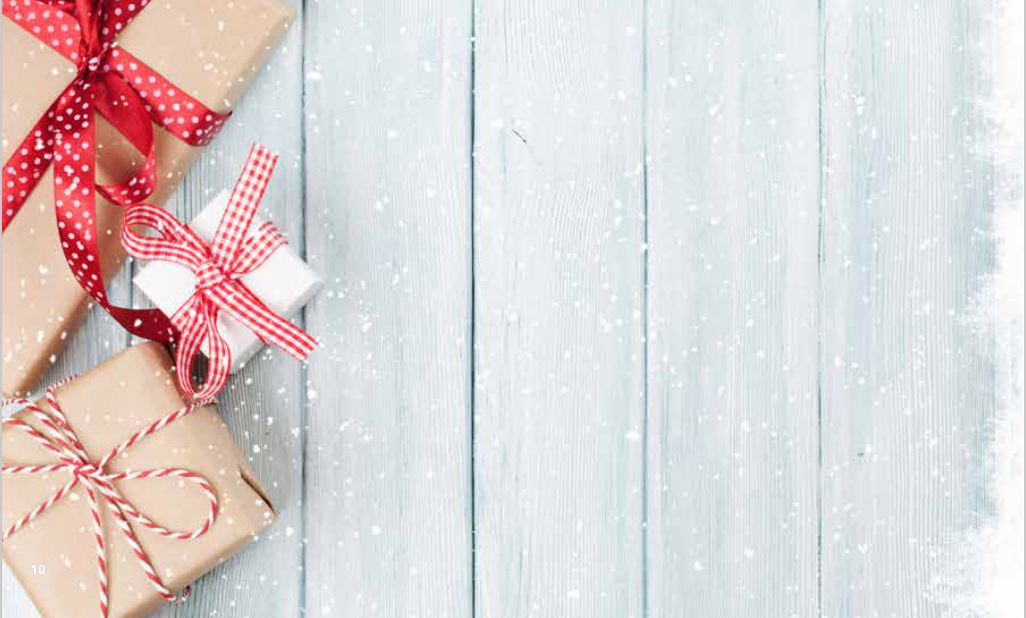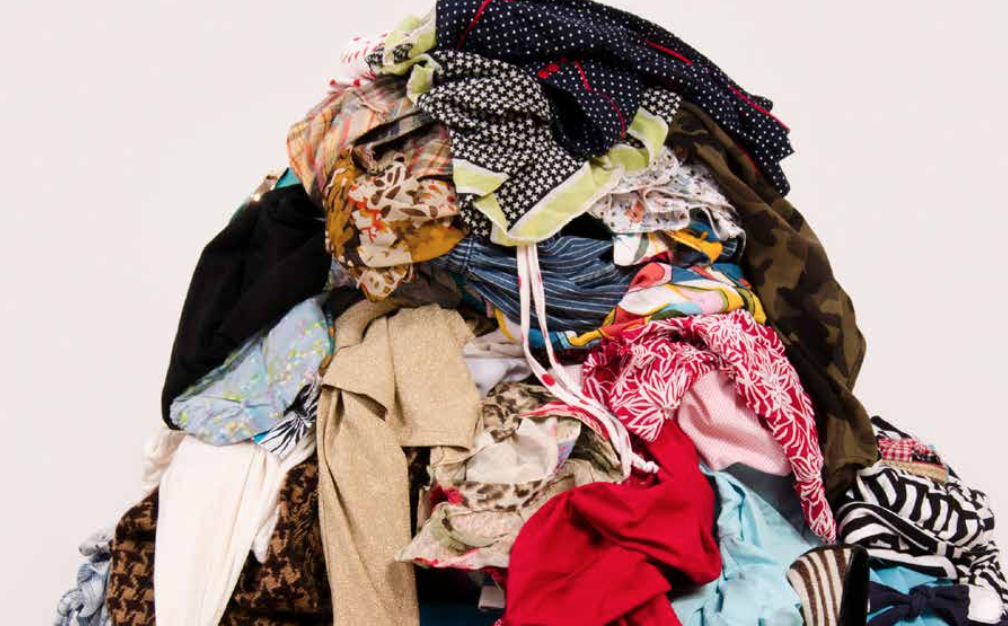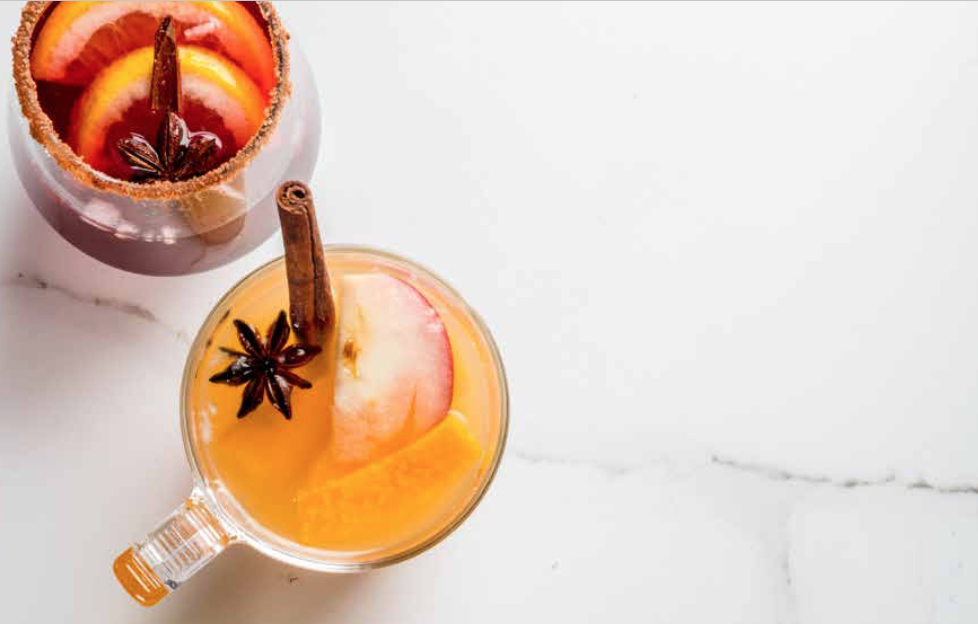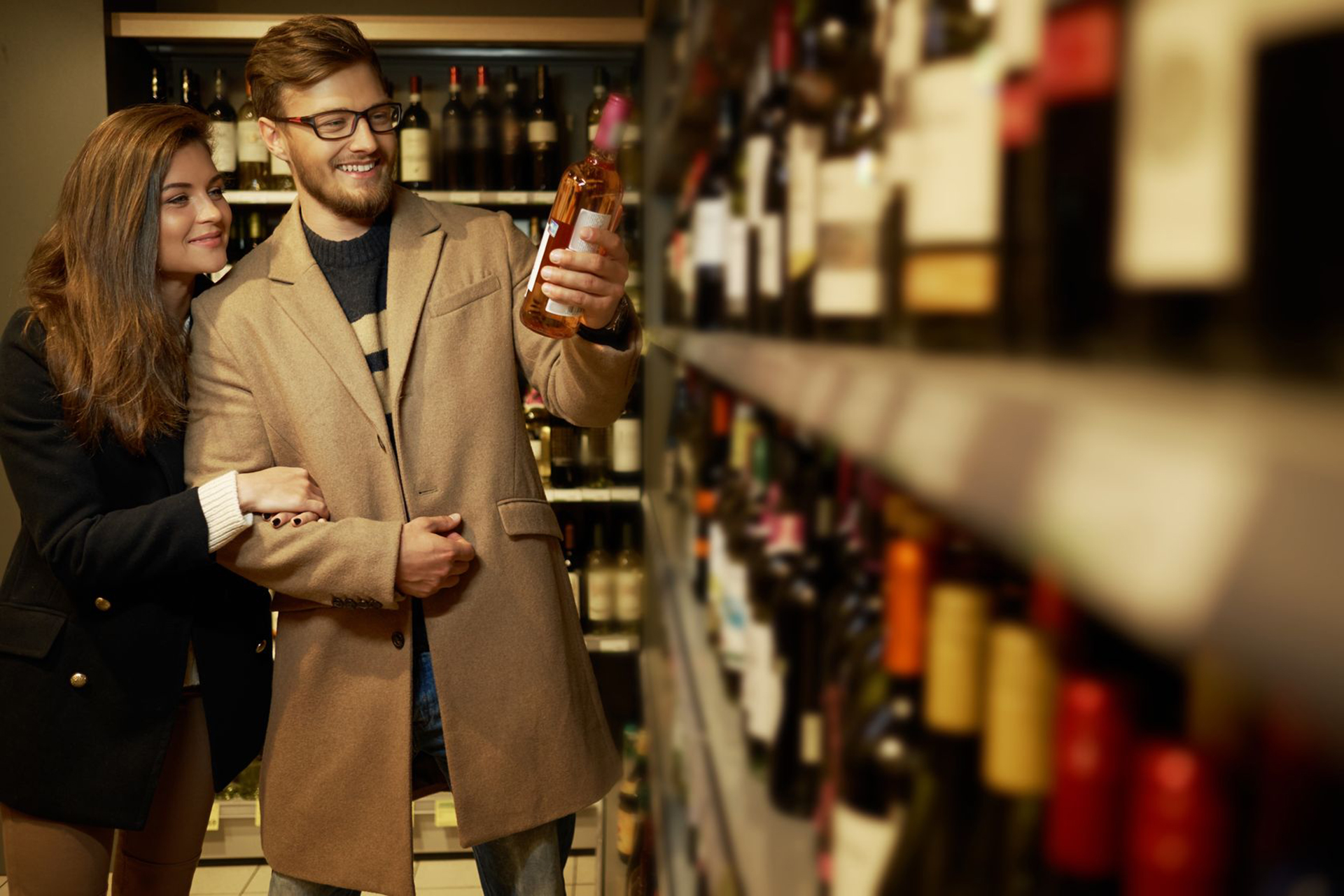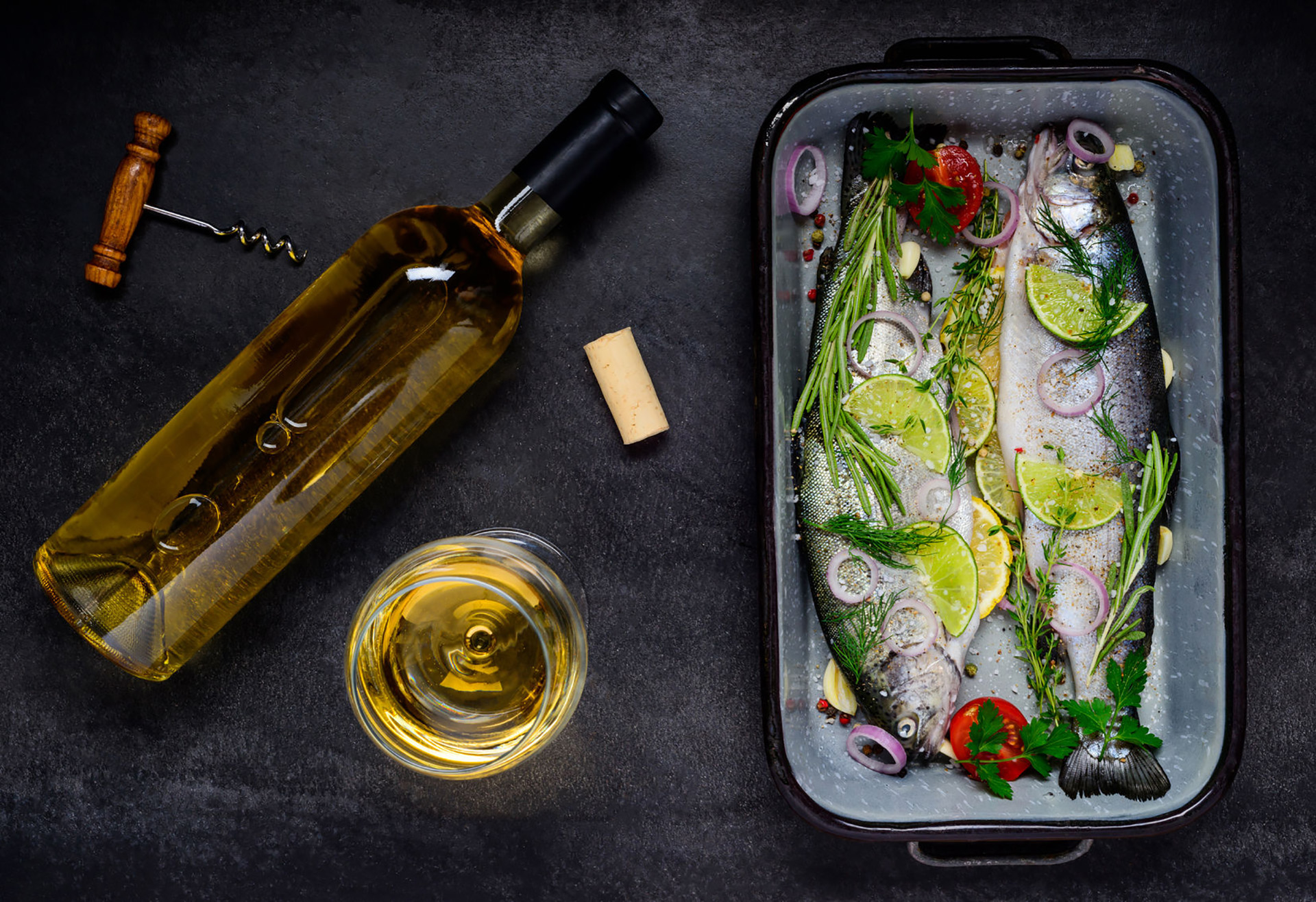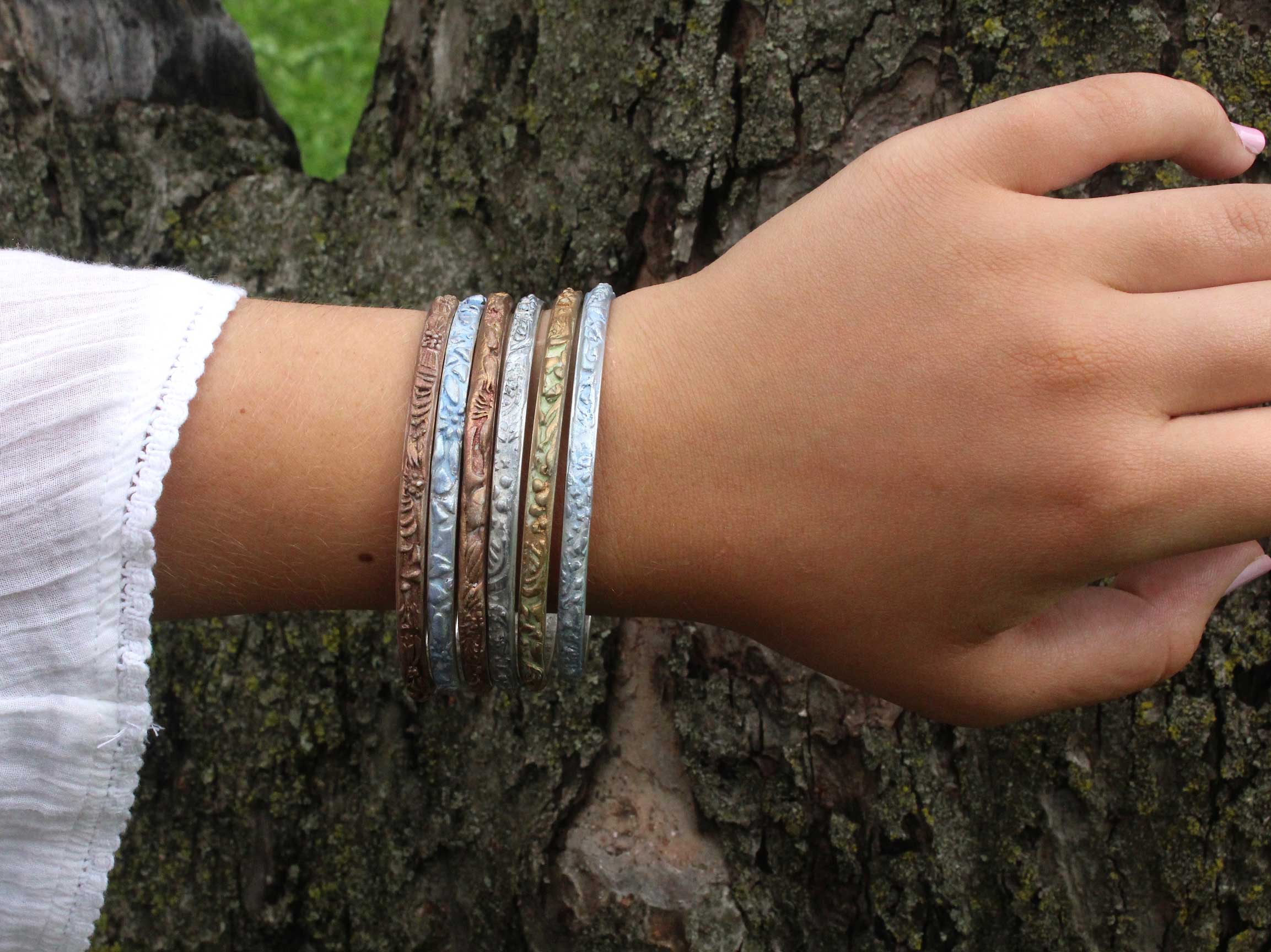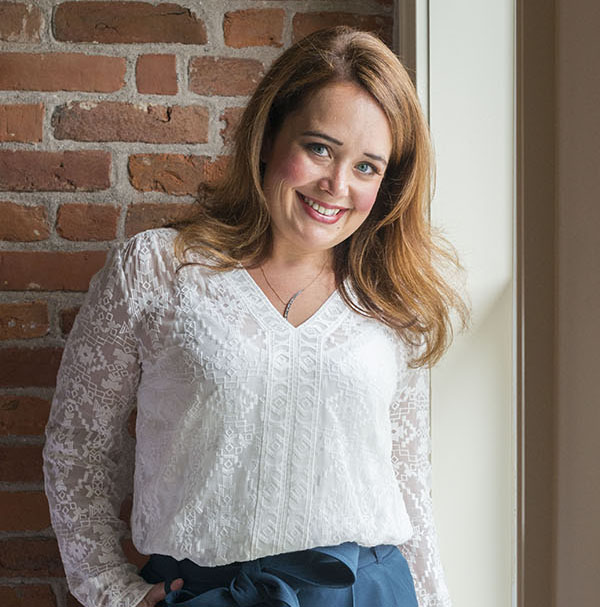
Forget What You Think You Know About Art
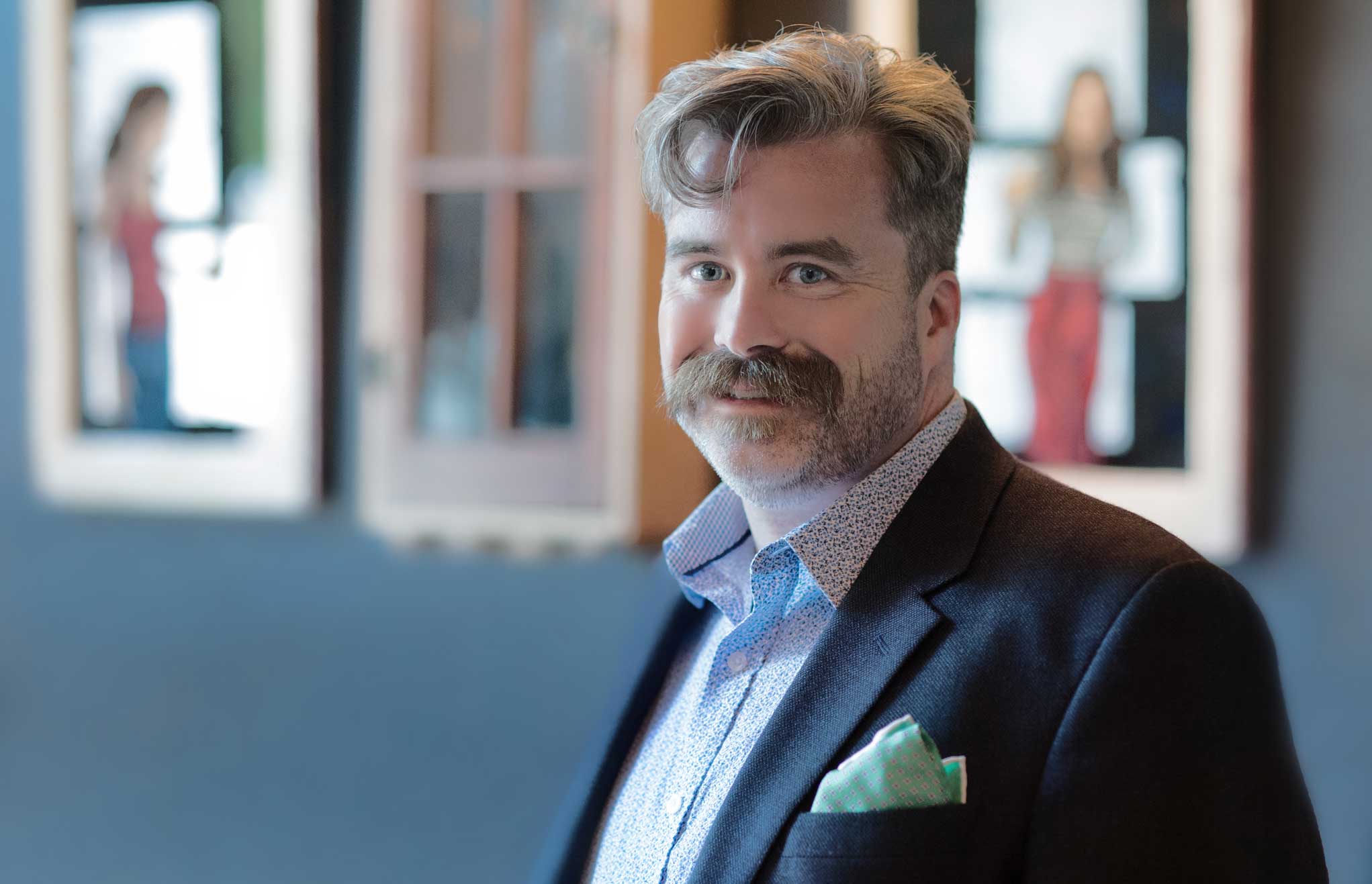
ACCESSORIES
You love art, but it never seems to love you back. That’s just pretentious gallery owners talking. We found a more considerate one who’s going to show you how to start that collection you always wanted.
By Christine Olley • Portrait by Jennie Finken
The key to forming your collection, Van Haute says, is confidence.
Ward Van Haute’s Bethlehem House Contemporary Art Gallery isn’t your typical art gallery. Gone is the sterilized setting—the stark-white walls, the evenly spaced installations—replaced by a space that more closely resembles your home. Or rather, what you’d probably like your home to look like.
Before he opened the gallery a couple years back, Van Haute split his time between Philadelphia and New York, working as an art director and a set decorator for commercials, music videos, films and plays. He seems to approach his gallery in much the same way he did those projects. Set the stage, and our imaginations will take over from there.
The intimidation factor with art can be high. (As can the pretension factor.) It’s not cheap. And compounding the insecurity that’s coupled with that kind of purchase, we’re supposed to view art as an investment. When you’re not sure if the price is fair now, how are you supposed to know if it’ll appreciate? Lost in that conversation is art’s most basic function, which is that it’s supposed to speak to us. Above all, theoretically, it should mean something to you.
Van Haute’s found a way to restore that part to its proper prominence in the thought process of aspiring collectors. He’s filled his gallery with work by emerging, regional artists and furniture by local designers. Seeing everything fit together, it becomes a little easier to be inspired and then imagine incorporating some of those pieces into your own home. Without even realizing it, you’re relating to the art in a personal way, void of financial and perceptual concerns.
It’s a cool trick. We’re sold. Now what?
Start scouting local, working artists. That’s where you’ll find the greatest value, Van Haute says. Beyond galleries like his, seek out art centers and artist cooperatives. If you find yourself gravitating toward one artist or another, but his original work’s still a little steep, contact the artist—almost everyone has a site these days—and ask if he’s done any limited-edition prints.
“Many artists offer prints that are much less than the cost of the original and still hold a collectible value,” Van Haute says.
Still more than you’re willing to spend? (Remember, a collection’s going to take time. You’re not going to fill your house, or even a room, overnight.) Buy some art supplies and take a run at it yourself, Van Haute suggests. Best-case scenario: You discover a hidden talent.
Worst-case: You’re out a hundred bucks, and you’ve learned to be more patient.
Whether you’re buying it or making it, “Just let your own preferences and tastes come out, and be confident enough to stand by them,” Van Haute says. Read: Don’t think of the art as an investment. The stronger the bond, the less likely you’ll be to let go of it anyway.
Let’s assume you’ve found something to your liking. A couple somethings, actually. Connecting with it in a gallery space and displaying it at home are two different animals. For starters, don’t try to mimic the gallery. You’re always going to come up short. Look for the place you want to install it, not necessarily where you think you need to install it.
“Try to create a sense of harmony and balance rather than symmetry and color matching,” Van Haute says.
Part of that implies a place where it’ll be accessible and, in turn, easier to appreciate. If you, say, hang a painting over the dining-room sideboard, you’re always going to find yourself at arm’s length. Hang it, instead, in the living room, unobstructed. If it feels in the way, it wasn’t meant to be. No one’s saying it needs to stay there. Van Haute mixes up his arrangement constantly. You’ll be surprised how much a small, occasional shift can refresh your perspective. Getting back to the importance of identifying with your art, like any relationship, it’s always evolving.


